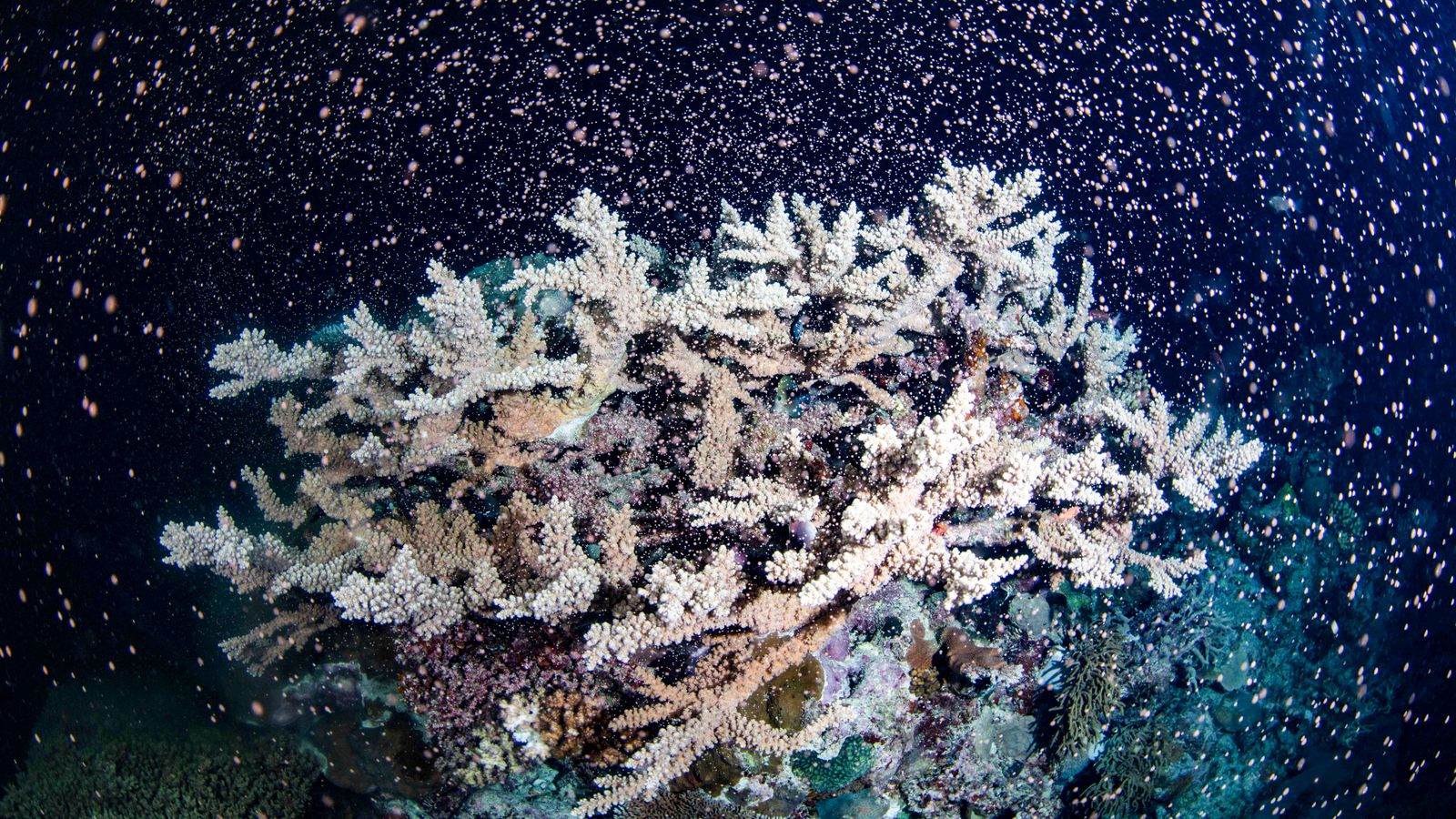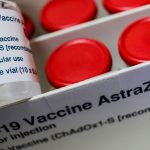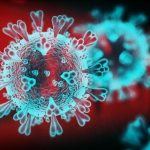The Great Barrier Reef is erupting with colour again as the natural wonder recovers from recent life-threatening coal bleaching.
About two-thirds of the coral in the reef off the coast of Australia has been affected by bleaching caused by unusually high ocean temperatures in 2016, 2017 and 2020.
However, scientists on Tuesday night recorded the corals fertilising billions of offspring by casting sperm and eggs into the Pacific Ocean off the Queensland coast – an event that typically lasts two or three days.
Gareth Phillips, a marine scientist with Reef Teach, a tourism and educational business, is studying the spawning as part of a project to monitor the reef’s health.
“The reef has gone through its own troubles like we all have, but it can still respond – and that gives us hope,” he said.
“It is gratifying to see the reef give birth.
“It’s a strong demonstration that its ecological functions are intact and working after being in a recovery phase for more than 18 months.”
Adele 30: Australian journalist Matt Doran ‘apologetic’ after interviewing singer without listening to new album
Koalas face ‘death by a thousand cuts’ as climate change and urbanisation threaten Australian state
Career in ashes: Australian cricket captain Tim Paine steps down after admitting sending explicit messages
Follow the Daily podcast on Apple Podcasts, Google Podcasts, Spotify, Spreaker
He added: “I think we must all focus on the victories as we emerge from the pandemic.”
The World Heritage-listed site is made up of a network of 2,500 reefs, covering 348,000 sq km (134,000 sq miles).






















